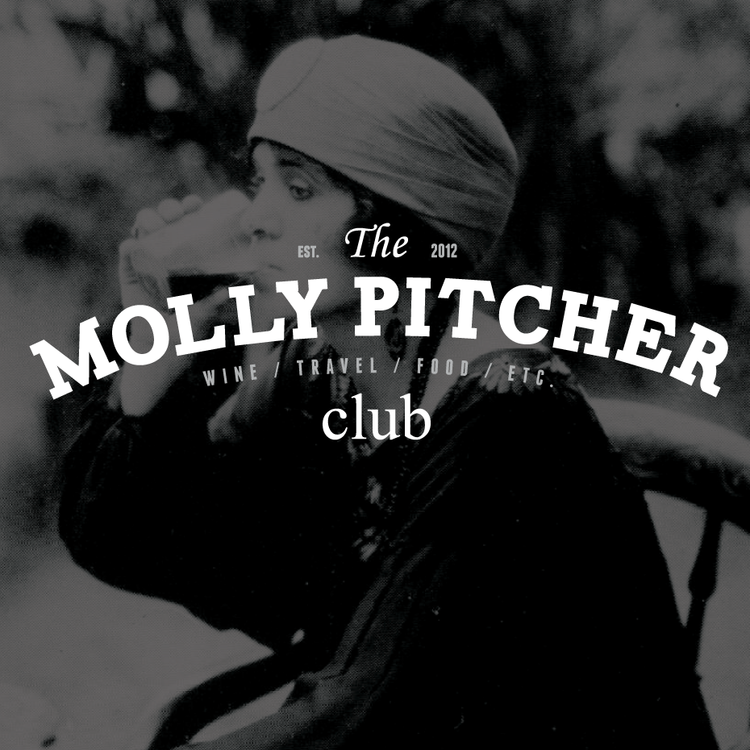Wine Winter Project: Jean-Claude Dagueneau Domaine des Berthiers Pouilly-Fume
“Nothing great was ever achieved without enthusiasm. ”
As much as I love Ralph Waldo Emerson, describing my passion for this next style of wine as "enthusiastic" may be a bit of an understatement. In this post, I will review of one of my personal favorites, Pouilly-Fume!
Every time I start a new post, I look back to see what I have written on the topic previously. Since the blog is relatively young, I usually find a few sparse details. However, when it comes to Sauvignon Blanc, specifically the French style from Pouily-Fume, there is an abundance of information on the topic already. (Not surprising, since it's delicious!). If you want a review my earlier posts, be sure to check out my comparison of California style Sauvignon Blanc with a Pouilly-Fume from France here. I also discussed Pouilly-Fume in my French Wine 101 magna-post.
But today the focus is on Pouilly-Fume, so let's get to it! When I initially tasted Pouilly-Fume, I assumed that the "Fume" meant the wine may have a smokey flavor. While there are many theories on this, most industry people (including Kevin Zraly - a favorite!) suggest that the name came from the "white morning mist that blankets the area." Personally, I think the "Fume" stands for steely gun barrel and minerality with a citrus finish. I know, what a crazy description, but when you taste it you will understand what I mean! A few final facts, this wine is not typically aged in wood and ready to drink within three to five years.
Remember to note the distinction between Pouilly-Fume (Sauvignon Blanc from Loire Valley) and Pouilly-Fuisse (Chardonnay from Loire Valley).
Jean-Claude Dagueneau Domaine des Berthiers Pouilly-Fume
(2009)
Grapes. 100% Sauvignon Blanc
Where it's From. Pouilly-Fume AOC, located within the Loire Valley. Pouilly-Fume is considered within the Central Vineyards (called Central because they are located within the center of France, not the Loire Valley). The climate is continental. The soil consists primarily of clay and limestone topped with gravel and flinty pebbles (flint = gun barrel).
Alcohol. 12.5%
Winemaker's Notes. No official winemaker's notes were readily available, but the Wine Spectator did give it a 90.
My Thoughts. This was a total impulse buy that gave me a bit of sticker shock at the register, since it cost $24. Now even with the tax-free shopping available in the great state of Delaware, this is a bit over my usual price range for a weeknight wine. However, just the smell alone reminded me immediately of how much I love this style of wine. It smelled of steely citrus, spice and green pepper. The taste was much softer than the aroma - I expected an acid bomb - but it was super smooth and mouthwatering with a hint of lemon. I would argue that the wine is the best choice for sipping - it would really thrive if paired with food. I was thinking fish, or similar seafood, with a citrus based sauce.
Cheers!






